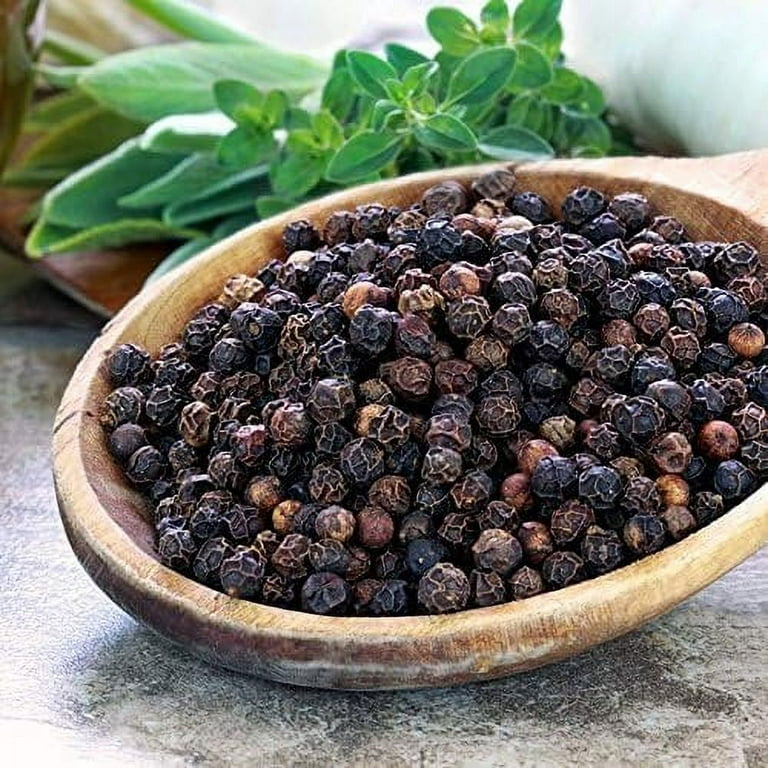What Are You Really Eating?
Many of us value knowing what is in our food and where it comes from more than before. Certain ingredients, however, are vulnerable to fraudsters who add unnecessary bulk, mislabel items, or switch products for something altogether different. According to a 2021 Guardian story, the counterfeit food sector might be worth £35.8 billion ($49 billion), although much food theft is expected to go uncovered. Here are some of the world's most fabricated ingredients, ranging from coffee and olive oil laced with cheaper fillers to frightening phony meat and seafood scams.
Olive oil:
Extra-virgin olive oil, or EVOO, is valued and priced higher since it is the least processed version, with olives mashed to a paste and pressed to extract the oil without the use of heat. Its great economic value has made it prone to fraud, with several occurrences of mislabelled and diluted oils - either with lower-quality olive oils or other oils entirely - as well as olive oils with fraudulent geographical claims. An investigation in Italy and Germany resulted in the seizure of 150,000 liters of phony EVOO (low-quality oils that had been coloured).
Milk:
According to the Food Fraud Database, milk is one of the most commonly falsified foods, with the most well-known example of purposeful contamination occurring in China in 2008. Baby formula milk was mixed with water and melamine was added to increase the nitrogen concentration, causing tens of thousands of infants to become ill and six to die. Adding water is the most common fraud, as it increases volume and thus income.
Honey:

According to the Food Fraud Database, milk is one of the most commonly falsified foods, with the most well-known example of purposeful contamination occurring in China in 2008. Baby formula milk was mixed with water and melamine was added to increase the nitrogen concentration, causing tens of thousands of infants to become ill and six to die. Adding water is the most common fraud, as it increases volume and thus income.
Balsamic Vinegar:
True balsamic vinegar of Modena, like Parmigiano-Reggiano and Champagne, has a protected geographical designation and must be produced in Modena or Reggio Emilia from specific grapes. Its highly appreciated syrupy texture and rich flavor are the result of maturing in oak casks; if the label specifies 'Aceto Balsamic Traditional', this maturation must last 12 years or more. However, a 2019 investigation in Italy discovered an alleged scam in which lower-grade grapes were used to make vinegar that was then passed off as the real stuff.
Battered Fish:
A 2019 study published by academics at the University of Exeter in the UK discovered that some battered fish served in chip shops included meat from the spiny dogfish, a shark species classified as endangered in Europe. Some battered fish sold with generic names like huss, rock, flake, and rock salmon were actually rare sharks. The study analysed DNA samples from fishmongers and fish and chip establishments in southern England.
Tea:
:max_bytes(150000):strip_icc()/Why-Does-Tea-Make-You-Nauseated-4x3-11186feb90ad4a04a7516121d955947a.png)
Tea, like coffee, is susceptible to fraud since the texture and odours of dried and ground leaves are reasonably easy to replicate, and it's especially difficult for buyers to tell the difference when they're packaged in tea bags. Tea is among the ingredients with the most recorded cases, according to a 2014 US Congressional Research Service report on food fraud. Tea, it claims, has been bulked out with leaves from other plants, colour additives, and dyed sawdust.
Fruit Juice:
Traditional morning drinks appear to be a minefield, and fruit juices are also thought to be vulnerable to fraud. Several studies claim that some juices are prepared with decaying fruit juice, which can also be used to dilute fresh juice. 2013 research by the Food Fraud Database discovered additional instances of juices being mixed with those of other fruits, with pomegranate - which had grown famous as a' superfood' - being the most regularly counterfeit. In certain situations, products were discovered to contain no pomegranate all.
Saffron:
Saffron is the world's most costly spice, so it's hardly surprise that it's a popular target for food fraudsters. According to a 2014 Congressional Research Service investigation, it is one of the most falsified or adulterated components, often supplemented with glycerin, sandalwood dust, barium sulphate, and borax and tinted with tartrazine. However, intact threads are much more difficult to fabricate than powdered saffron. Fraud cases have been detected, including the arrest by Spanish police in May 2021 of 17 suspected members of a criminal network that reportedly blended saffron with other herbs and chemicals.
Black Pepper:

Specifically, ground black pepper. As with coffee, it's nearly impossible to tell the difference between authentic pepper and illicit additives in powder form. Ingredients discovered in the shaker or jar include starch, buckwheat, flour, millet, and even twigs. Papaya seeds are especially popular alternatives since they look nearly identical to the naked eye and, after ground, variations can only be seen under a microscope.
.png)
